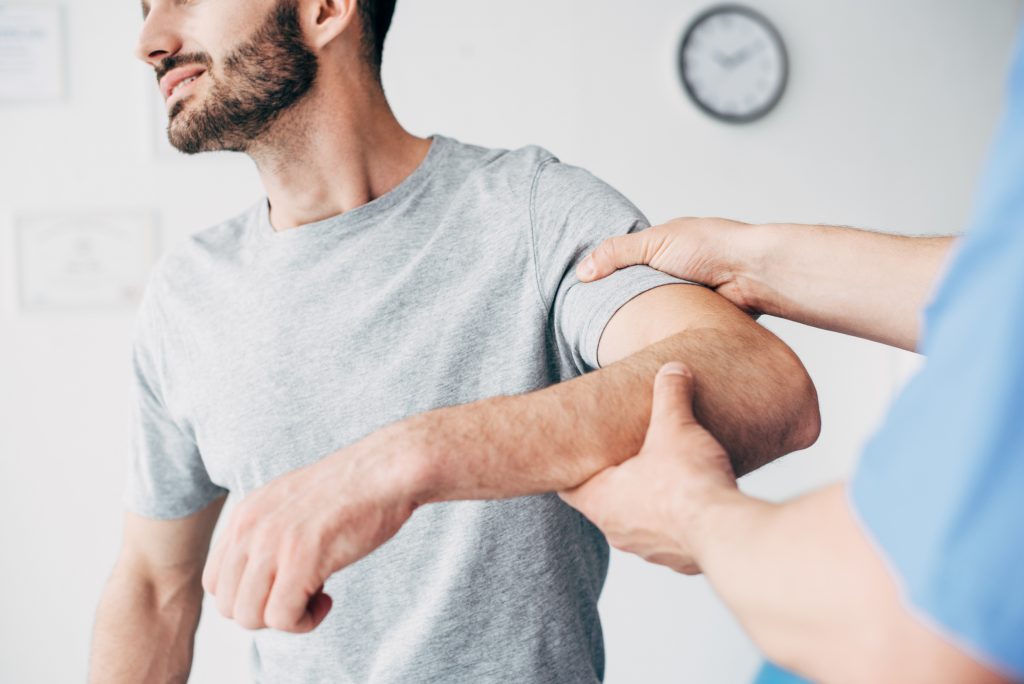AGING ADULTS
Physical Therapy for Aging Adults
Many people assume that getting older involves a loss of function, and therefore, a loss of independence. Indeed, people tend to lose a certain degree of mobility as they age. For adults who want to age in place (in their own home), keeping their bodies fit and as functional as possible helps them safely live on their own. Fortunately, aging adults can maintain their independence for much longer than expected using physical therapy. Physical therapy is crucial when recovering from an injury or a surgical procedure. However, it can also help slow the natural muscle wasting processes of aging. Physical therapy is a critical medical intervention during the aging process. How so?
Preventing Falls
Falls are the leading cause of injury among the elderly in the United States. As individuals age, they often struggle to maintain their balance. Physical therapy provides exercises that strengthen their lower extremities and challenge balance. This is critical to help reduce the risks of falls. Physical therapy helps by stimulating and strengthening the functional elements an older adult would need if they began to lose their balance. This offers patients the advantage of staying on their feet, helping to reduce the likelihood of falls occurring.
Managing Pain
Pain management protocols are essential for seniors who wish to live independently. Aging adults with chronic pain frequently require help from caregivers for day-to-day tasks. However, physical therapy can be extremely beneficial for reducing chronic pain. In some circumstances, it may take the place of pain-relieving medications, which can be sedating and may cause seniors to be even more prone to falling. Consequently, physical therapy may replace daily personal care and monitoring.
Improving Cognitive Abilities
Some level of cognitive decline occurs naturally as an individual ages. However, evidence indicates that staying physically active and fit can actually help to slow the progress of cognitive decline. Physical therapists can help create fitness programs that are ideal for an aging adult’s needs and abilities, allowing them to reap the cognitive rewards for many years to come.
Adjusting the Living Environment
A physical therapist can help identify potential risk factors in an aging adult’s home. They can suggest and make adjustments to living environments to reduce the risk of injury. If an elderly adult’s mobility is declining, a physical therapist can recommend modifications that can make performing daily tasks much less risky.
Speeding Recovery
If seniors sustain injuries, they may need supervision and rehabilitation during their recovery periods. This limits their independence. However, physical therapists can help them recover more quickly.
Promoting and Maintaining an Active Lifestyle

Aging adults are typically more active after physical therapy. That’s a big deal, as studies indicate that maintaining an active social life can slow cognitive decline in seniors. Physical therapy helps elderly adults stay fit and engage in social activities more confidently. As you can see, seniors don’t need to be recovering from a surgery or injury to reap benefits from physical therapy. Physical therapy helps senior adults make modifications to their natural aging process before it has a negative impact on their level of independence.

